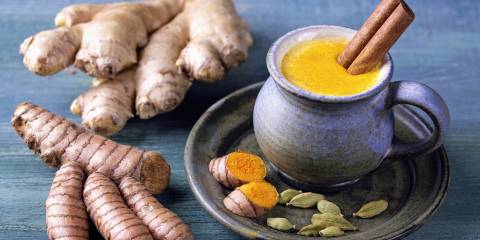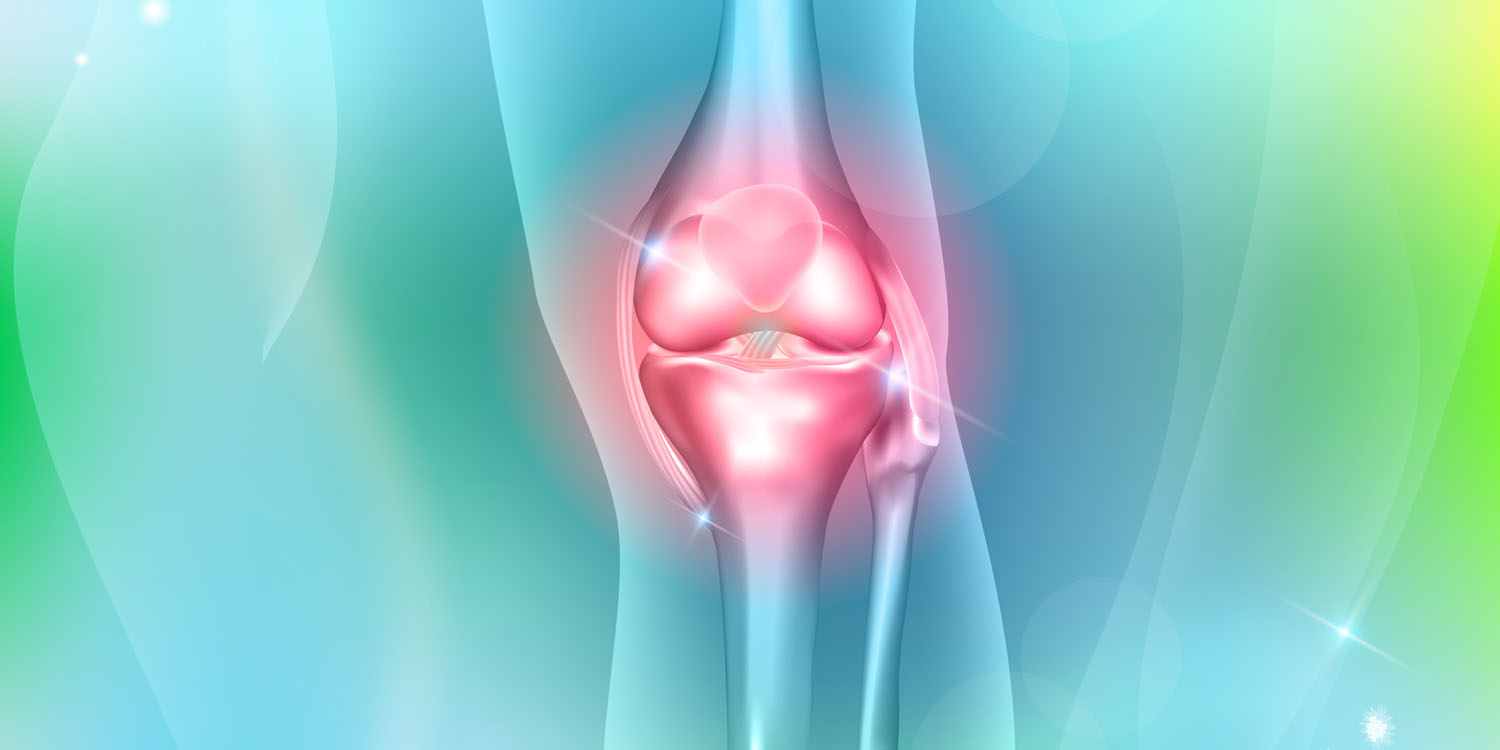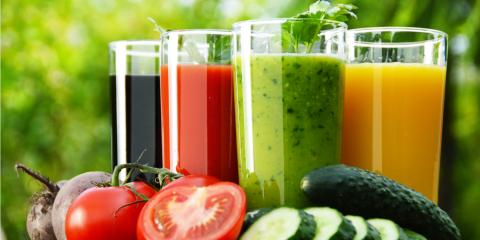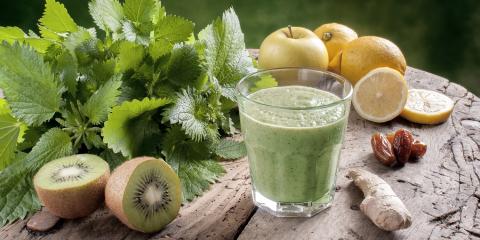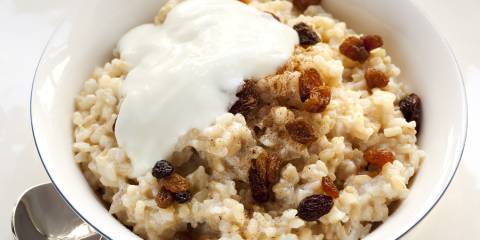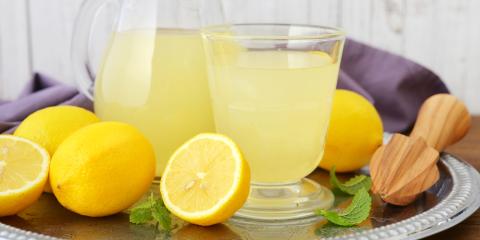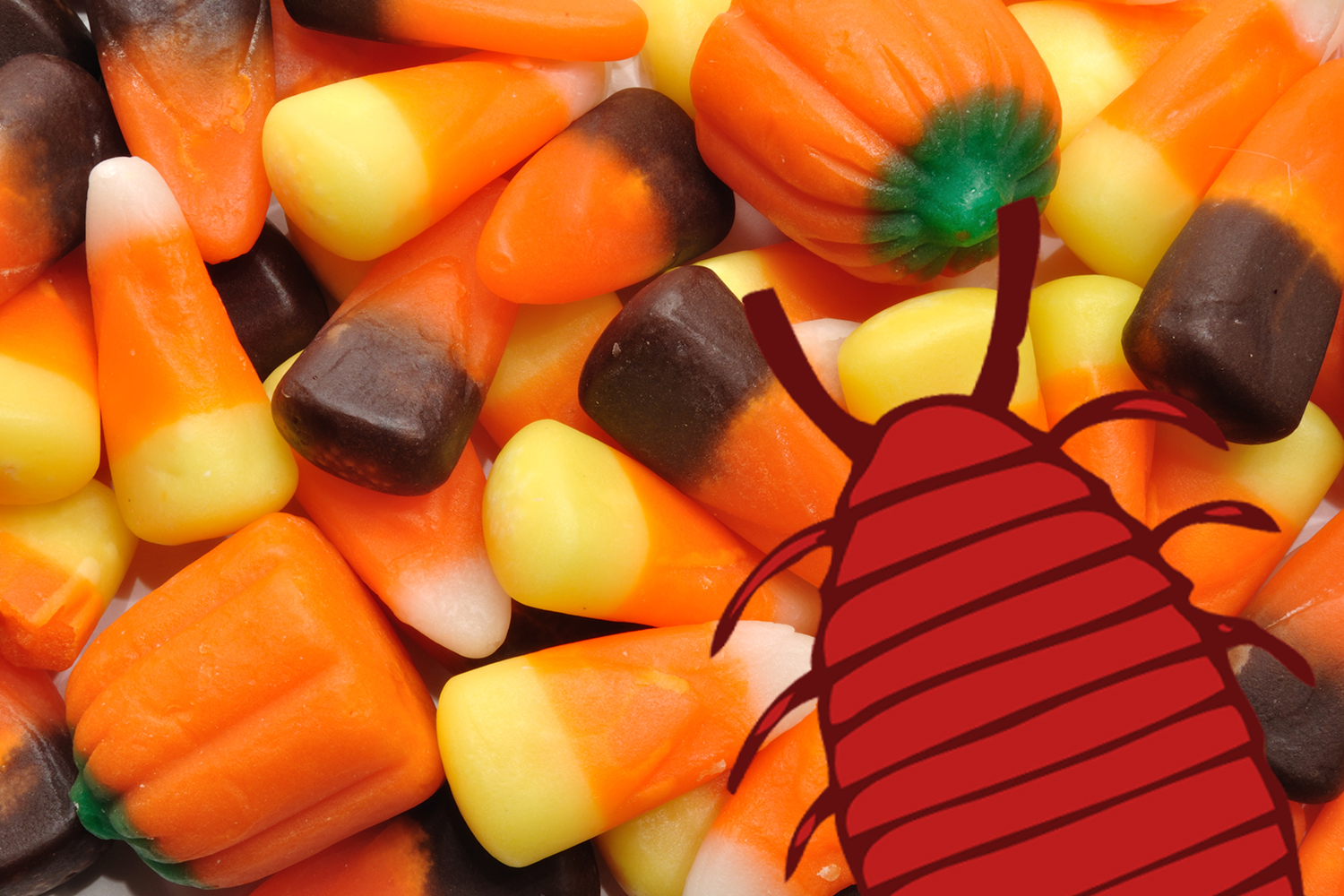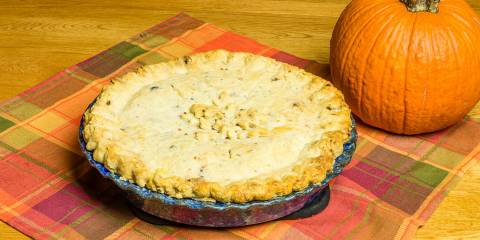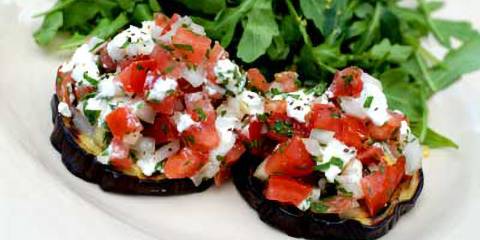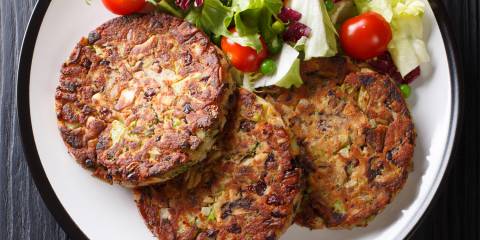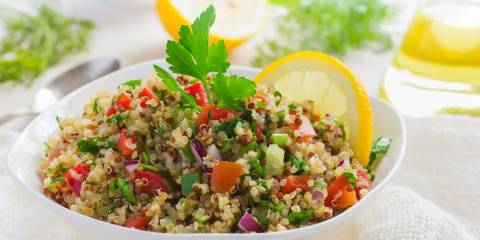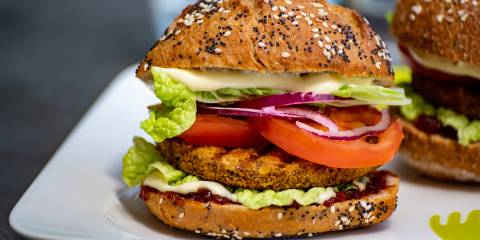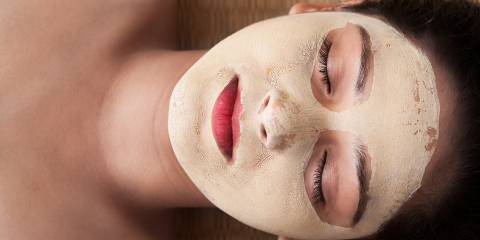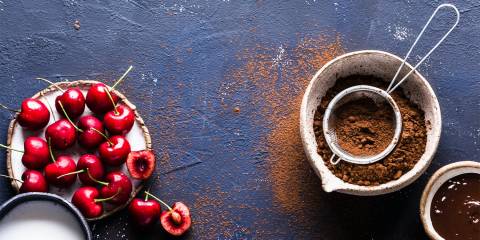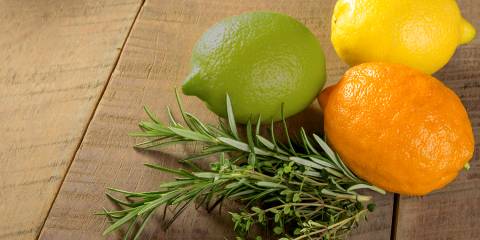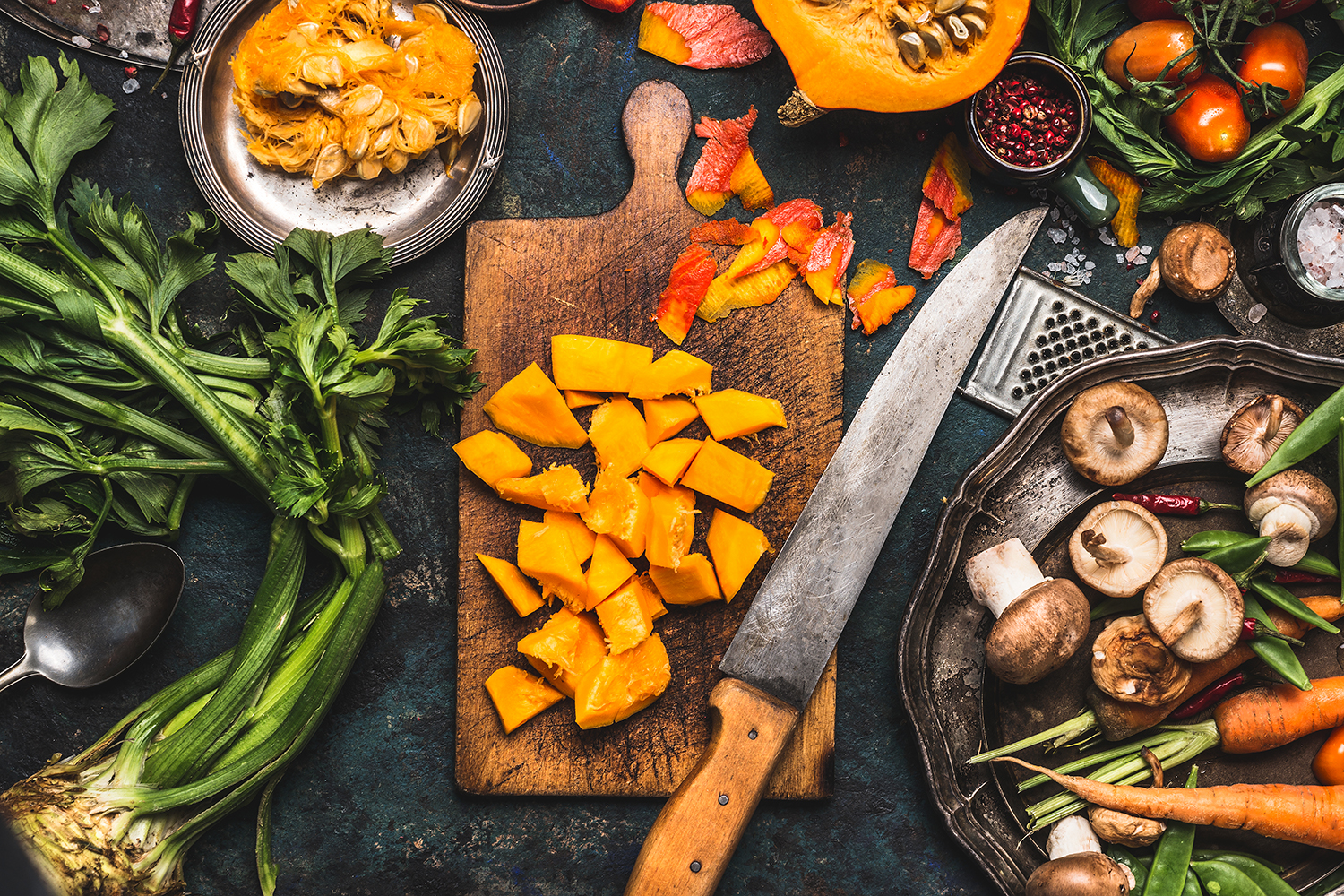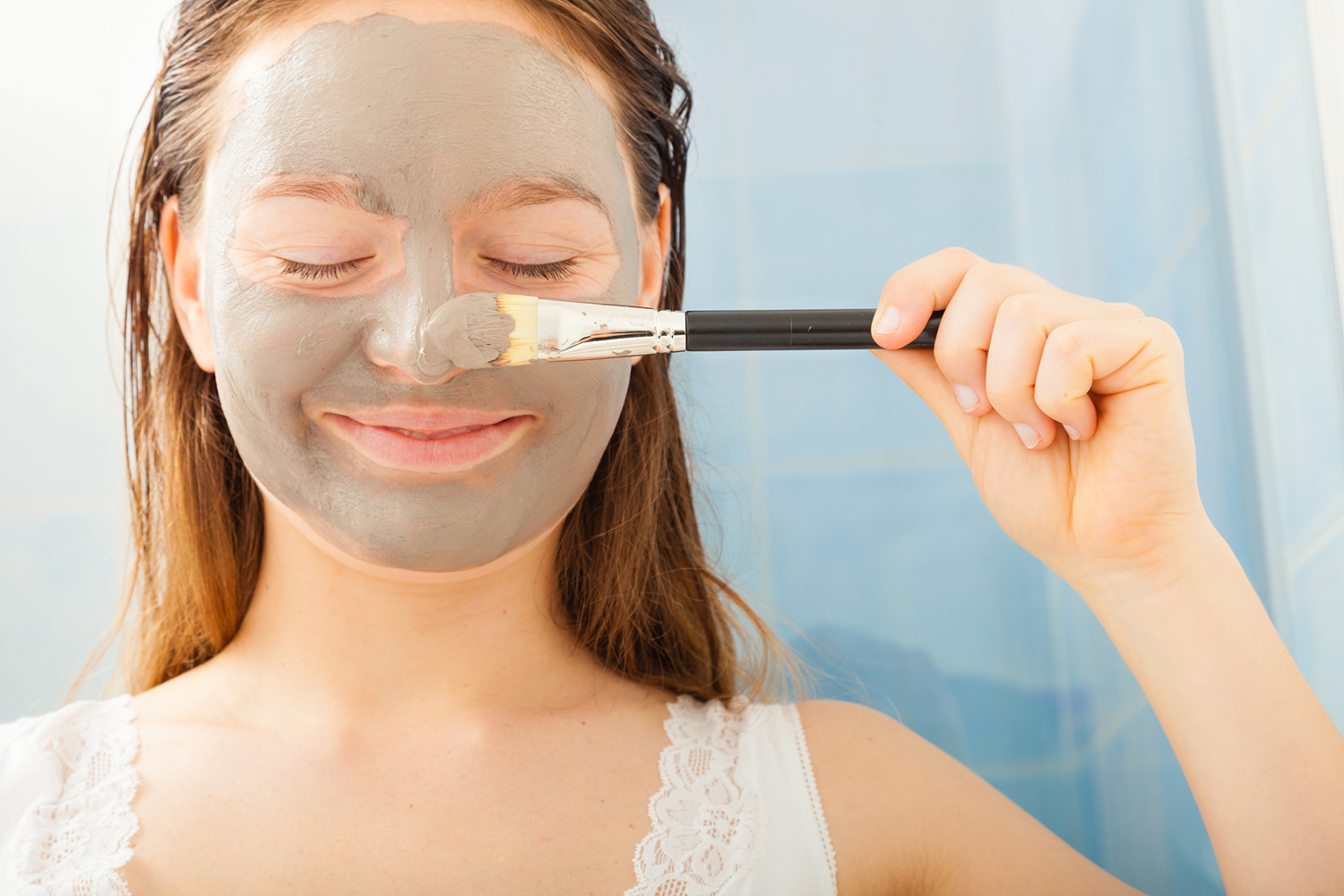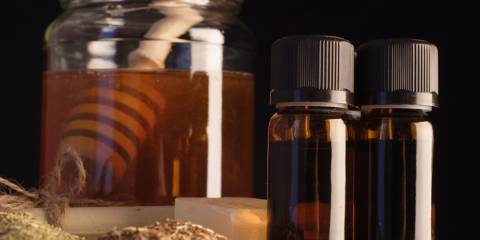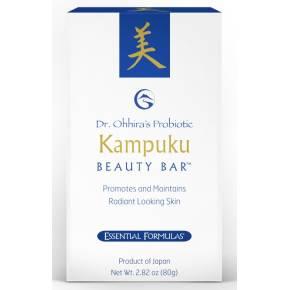How to Seed a Pomegranate
Watch the video above for an easy-open kitchen hack, and follow the tips below.
- Fill a wide mixing bowl (wide enough to fit your hands in) half-full with water.
- Cut the pomegranate in half.
- Submerge the pomegranate halves in water and use your hands to separate the seeds from the inner membrane.
- The membrane will float to the surface and the gems will sink.
- Discard membrane and outer rind.
- Skim the surface a second time to remove any small pieces of membrane.
- Drain and the seeds are ready to use!
Pomegranates are an Antioxidant
An ancient fruit, the pomegranate has been found in Ayurvedic medicine, Egyptian tombs, Greek legend, Biblical verses, and Christian art. The juice-encapsulated seeds are both delicious and nutritious, if messy to extract. Rich in antioxidants, essential fats, including conjugated fatty acids, fiber, and lignins, which contain phytoestrogens, pomegranate seeds are well worth picking out of this fruit.




